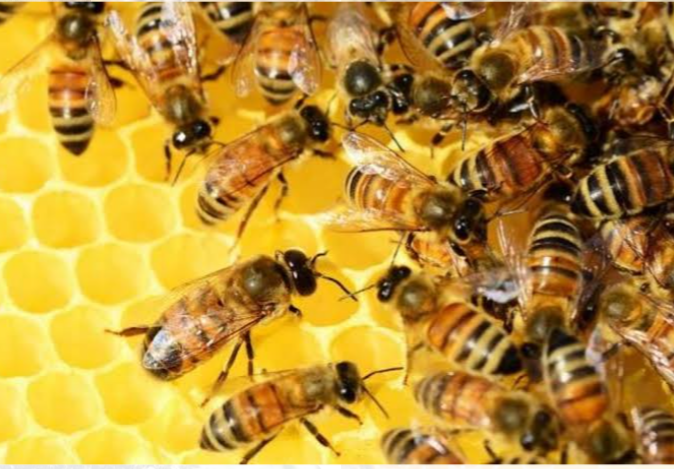
Not all insects are dangerous. Some are beneficial to man, livestock and plants. One of the most beneficial insect is the bee.
Beekeeping also called apiculture is the maintenance of bee colonies, commonly in man-made beehives. It can also be defined as the care and management of honey bees for the production of honey and wax.
Honey bees belongs to the order Hymenoptera and genus Apis. They are social insects commonly kept for honey and other produce. .
Bees are bred commercially in apiaries. This is an area where lot of beehives are placed for bee production . Usually, apiaries are set up in areas where there are sufficient bee pastures ( that is, flowering plants) .
Beekeepers (or apiarists) keep bees for honey and other products of the hive such as beeswax, propolis, bee pollen, and royal jelly.
Bees live in a man-made beehive or hive or in their natural house called colony in a tree, in rocks etc.
BEE COLONY
A colony of honeybees is composed of different cluster of individual bees that perform different functions . These cluster of bees occur as a social caste. There are three social castes which include:
the queen bee, which is a fertile female capable of laying a thousand or more eggs per day. Among the eggs layed are those that hatch into sexually undeveloped females called the worker bees; and the male bees, or drones. The female are equipped with a venomous sting.
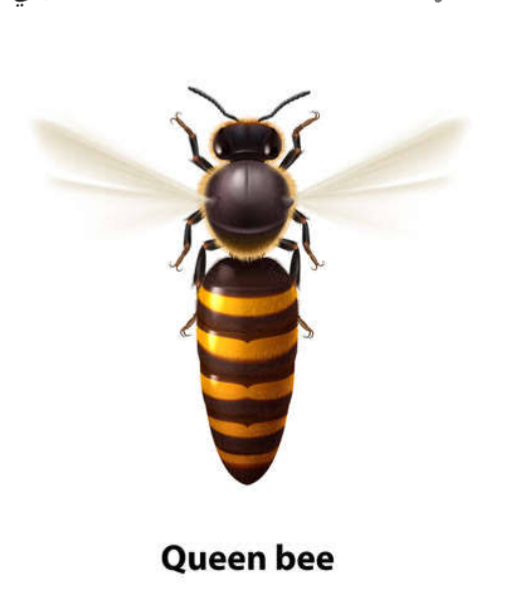
THE QUEEN BEE: Each hive do have only one queen bee who is the only reproductive individual in the colony. Two queen bees do not live in a colony. When two queen bees emerge at the same time in a colony, the two will fight to death until only one of them survive the fight. The queen usually mates with more than one drone (called polyandry) when flying in the air ( that is mating flight). After some days, she begins to lay fertile eggs. sufficient sperm are stored in the Queens sperm pouch ( spermatheca) , to fertilize all the eggs she will lay for the rest of her life. if her supply of sperm is exhausted in the sperms pouch, she will lay unfertilized eggs in the cells. The unfertilized eggs will develop to form drones. The process by which the unfertilized eggs develop to form adult drones is known as parthenogenesis. In the act of mating with the queen, the drones die . The queen can leave for up to five years.
Two circumstances that can make the queen bee leaves the hives are: when the virgin queen wants to mate, and in some cases, when she wants to swarm with other bees.
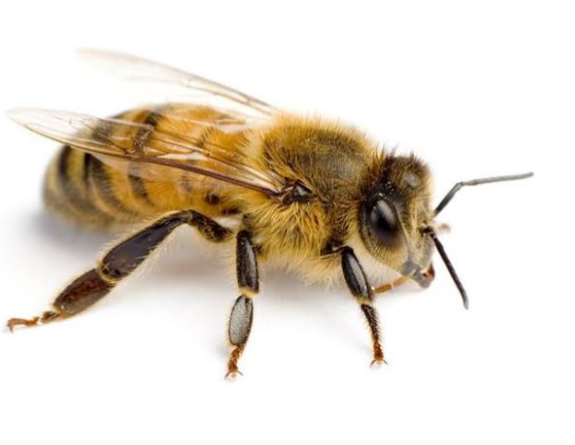
WORKER BEES
Worker bees are sterile females and can live for six weeks to several months in the colony. As the name implies, worker bees do all the work of the hive, except egg laying. They do all of the foraging, feeding of young, honey production and storage, wax production, cleaning, and defending the hive against intruders. When a colony becomes queenless may be due to death of the queen or accident etc, some of the worker bees would lay eggs which will develop into drones. In this case, hardly would another queen emerge in such colonies.
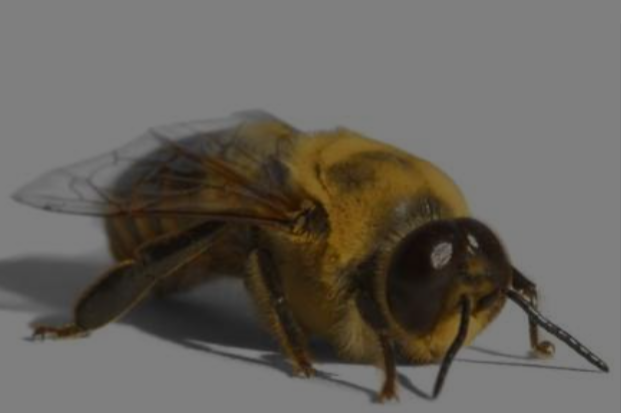
DRONES
They usually live a few Weeks . Their duty is to mate with the queen. During the mating process, they die. Drones not successful in mating return to the hive to eat honey and pollen. When the resources are drained inside the hive, the drones are evicted by workers.
COMMON SPECIES OF HONEY BEES
Common species of honey bees that are reared are as follows:
Apis dorsata: It is also referred to as the rock bee. It is a giant bee and produces about 38 to 40 kg of honey per colony.
Apis indica: It is also referred to as the Indian bee. It can be easily domesticated and is most commonly used for honey production. The annual yield of honey is 2 to 5 kg per colony.
Apis florea: It is also referred to as the little bee. It rarely stings and thus honey extraction from its hive is easy. It produces about 1 kg of honey per colony per year.
Apis mellifera: It is also referred to as the Italian bee. This species has a very typical dance routine to indicate food availability, and like the little bee, stings less. As the common name suggests, this species is not local. However, because of the high amount of honey produced, it is often reared by beekeepers
Other honey producing bees include, Melipona stingless bees
IMPORTANCE OF BEEKEEPING
The main advantages of beekeeping are:
1. Provides honey, which is the most valuable nutritional food.
2. Provides bee wax which is used in many industries, including cosmetics industries, polishing industries, pharmaceutical industries, etc.
3. Plays an excellent role in pollination. Honey bees are the best pollinating agents which help in increasing the yield of several crops.
4. According to the recent studies, the honey bee’s venom contains a mixture of proteins which can potentially be used as a prophylactic to destroy HIV that causes AIDS in humans. The venom also boost the immune system. It has antimicrobial and anti-inflammatory capabilities and fighting against the symptoms of COVID-19
5. Used as a hobby or sideline activities.
6. The worker bees produce royal jelly, a whitish food with the consistency of mayonnaise, which can be fed to bee larva
7. It provide occupation which contribute to livelihood security.
8. It can be integrated with other farming businesses like crop production, fish raising, forestry (apiforestry),etc
9. They are indirect pest controllers, they compete for food with phytophagous insects (that is, those that consume plants or their parts) .
10. Produce from bees have several nutritional and therapeutic properties beneficial to health. Such health benefits include anti-inflammatory, antitoxic, antioxidant, anesthetic, stimulant, bacteriostatic, bactericidal, antiseptic, healing, antimicrobial, antitumor, and aphrodisiac properties. etc.
11. honey bee products are a good source of medical and pharmacological preparations (drugs, dietary supplements, and medicated cosmetics).
12. Honey bees can be sold as live beekeeping materials to create a new colony. Dead queenbees can be bought or replaced from another colony. This is usually carried out by commercial bee farmers. Some farmers raise queens, and produce package bees for sale.
PRODUCE FROM BEEKEEPING
1. HONEY: Honeybees collect Nectar (a sugary Solution ) from the pistil of flowers, nectaries on the leaves or stems of plants. Nectar contain about 50 to 80 percent water, but when the bees convert it into honey, the water content reduces to about 16 to 18 percent.
They also collect honeydew (an exudate) from certain plant-sucking insects, and convert it to honey.
Honey serves as carbohydrate diet source for bees.
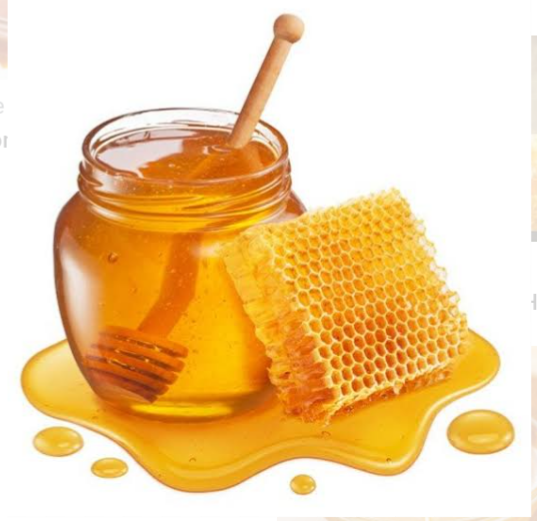
2. POLLINE: Honeybees do collect pollen (dustlike powdering male gamete) from the anthers of flowers. Pollen are source of proteins for young bees. When worker bees are collecting nectar and pollen for honey and feeding the colony, pollination of flowers take place. Pollen grains are transfered from anther to stigma.
3. PROPOLIS: Honeybees also collect PROPOLIS from buds of trees. Propolis is a resinous material used for sealing cracks in the hive or for covering foreign objects in the hive that the bees cannot remove. They collect water to air-condition the hive and to dilute the honey when they consume it.
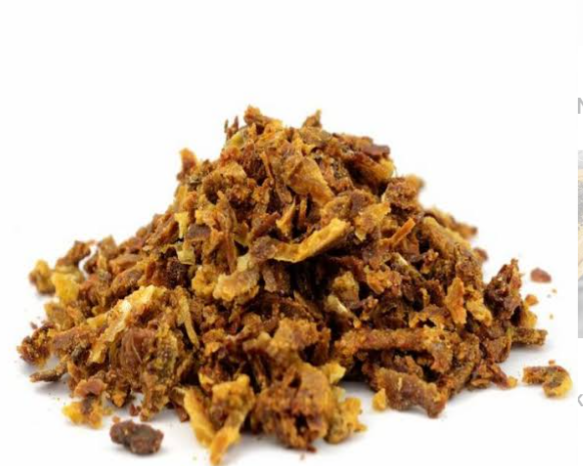
4. BEEWAX: Beewax are secretion from the abdomen of Bees. These wax are produced inform of tiny flakes which are molded to form honeycomb( thin-walled, back-to-back, six-sided cells) . The cells are used to store Honey or pollen and queen lays eggs in them (one egg per cell) . The cells where the bees develop from the eggs is called the broodnest. Honey is usually stored at the top of the combs and pollen in cells around the broodnest below the honey for the young to feed on.
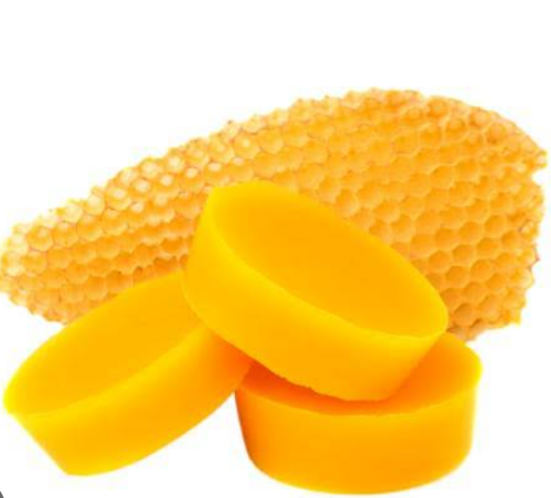
5. ROYAL JELLY: This is a whitish food material with the consistency of mayonnaise. It is produced by brood-food glands in the heads of the worker bees. It is used to feed bee larvae that will develop into worker bees. When the cells of the colony becomes crowded and no cells are available for the queen bee to lay eggs, the worker bees would evacuate dozen of tiny larvae from the cells inorder for the mother queen to lay her eggs. etc.
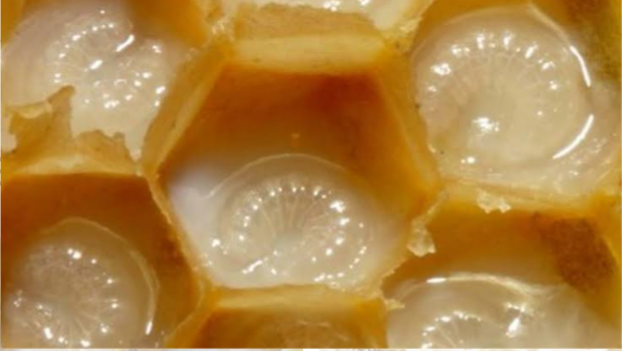
BEEKEEPING EQUIPMENT
Standard tools needed by beekeeper include:
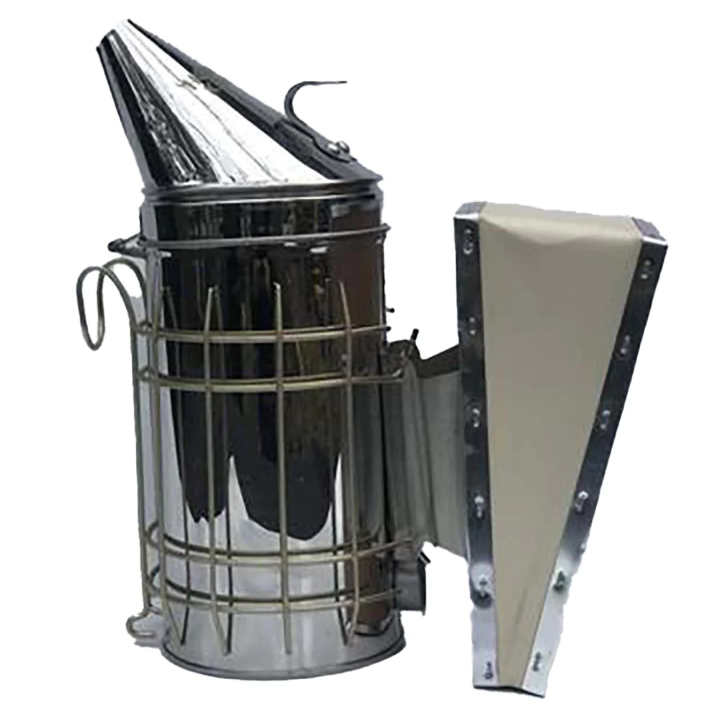
1. THE SMOKER : needed to quell or tamed the bees. It is used during hive inspections, and frame removal for honey extraction. It is made from a small can with bellows attached where newspaper, dried leaves and twigs are ignited to produce smoke that helps calm the bees.
2. A HAT WITH THE SCREEN VEIL : needed to protect the beekeepers face. the screen veil protect against stinging the face.
3. GLOVES : needed to protect the hands of the beekeeper from being stung
4. A BLUNT STEEL BLADE CALLED A HIVE TOOL : used for separating the frames and other hive parts for examination
5. UNCAPPING KNIFE : used for opening the cells of honey and to slice off the wax cappings from the honeycomb
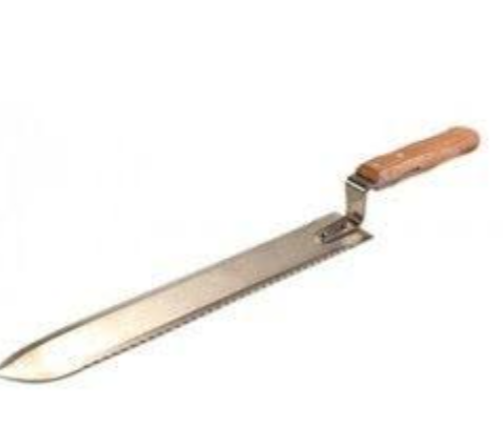
6. THE EXTRACTOR : for centrifuging the honey from the cells.
7. BUCKET : for transporting the harvested honey comb
8. BOOT : for protecting the leg of the beekeeper
9. PROTECTIVE JACKET OR OVERALL : A white Clothing for protecting the body. It is usually sawn to cover the whole body.
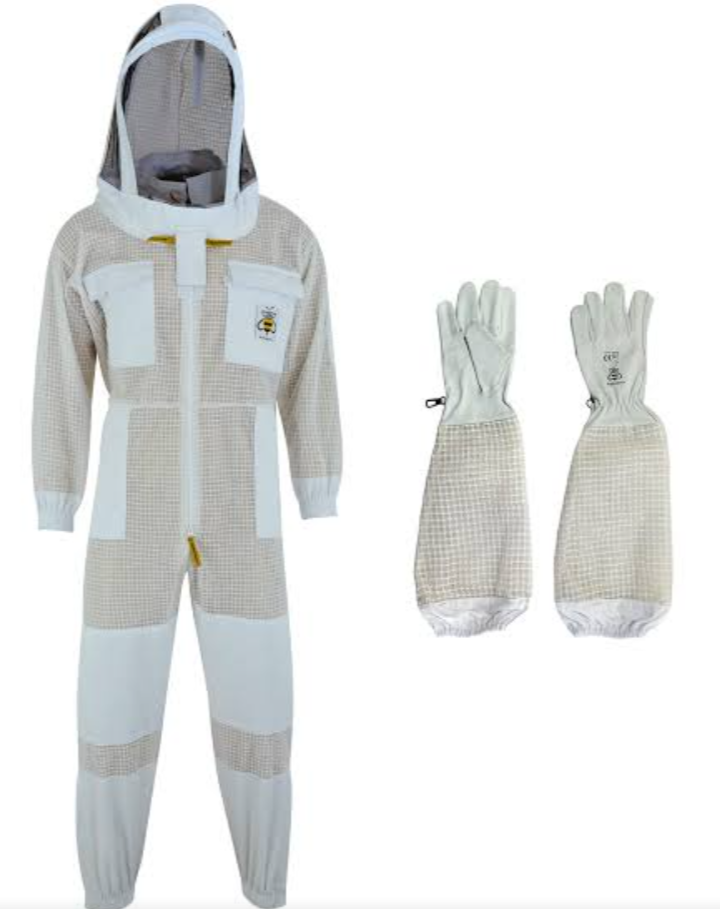
10. A HIVE : The Langstroth Hive, which is made from wood looks like a wooden filing cabinet with Frames lined on top for shaping hexagonal wax cells down the hive frame. Bees use the frames to build brood nests and store honey.
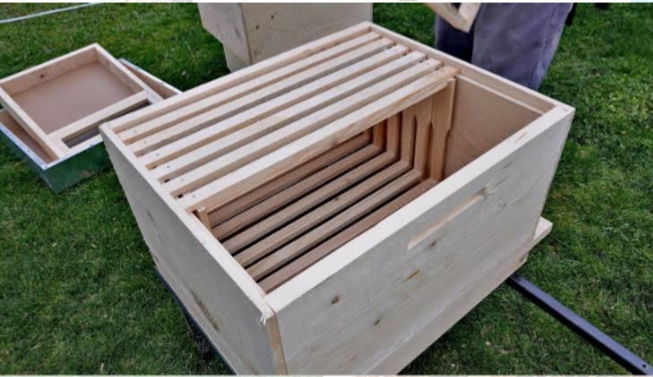
11. UNCAPPING TANK : it is a tank where you rest your frames while uncapping them and where excess honey will fall and be stored.
12. A MESH STRAINER : Used for removeing any leftover wax or bee parts in the honey, and the honey can then be bottled for storing, selling, or gifting.
MOST COMMON PREDATORS :
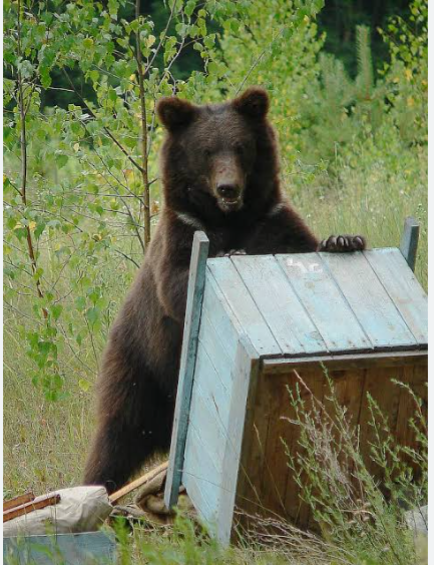
BEARS : Bears love eating bee larvae and honey. In countries where they are found, they destroy hive boxes to get at the honey.
solution : erect barriers like electric fences. Opossums and skunks:
Small mammals: small predators can crawl pass fences and find their way into hives. Therefore, hives should be elevated above ground with the legs of the hives dipped in oil and chicken wire mesh can be spread on the ground around the hives to help keep the mammals at bay.
BIRDS : woodpeckers, sparrows and other birds love to eat bees. Therefore, birds should be kept off bee hives. Scarecraw can be erected in such areas. Sound producing devices can also be used etc
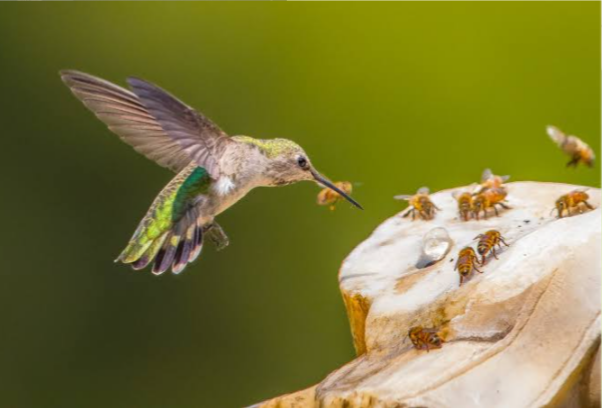
MICE : mice can burrow into hives and build their homes in it. Mouse guard, bait, traps etc can be used to control mice.
OTHER BEES : Honeybees preyed upon by wasps and yellow jackets insects they feed on the bees because they are carnivorous insects. To control them, meat baits can be set around the hive.
BEETLES , MOTHS , MITES and FUNGUS : They are the most dangerous predators of bees.
